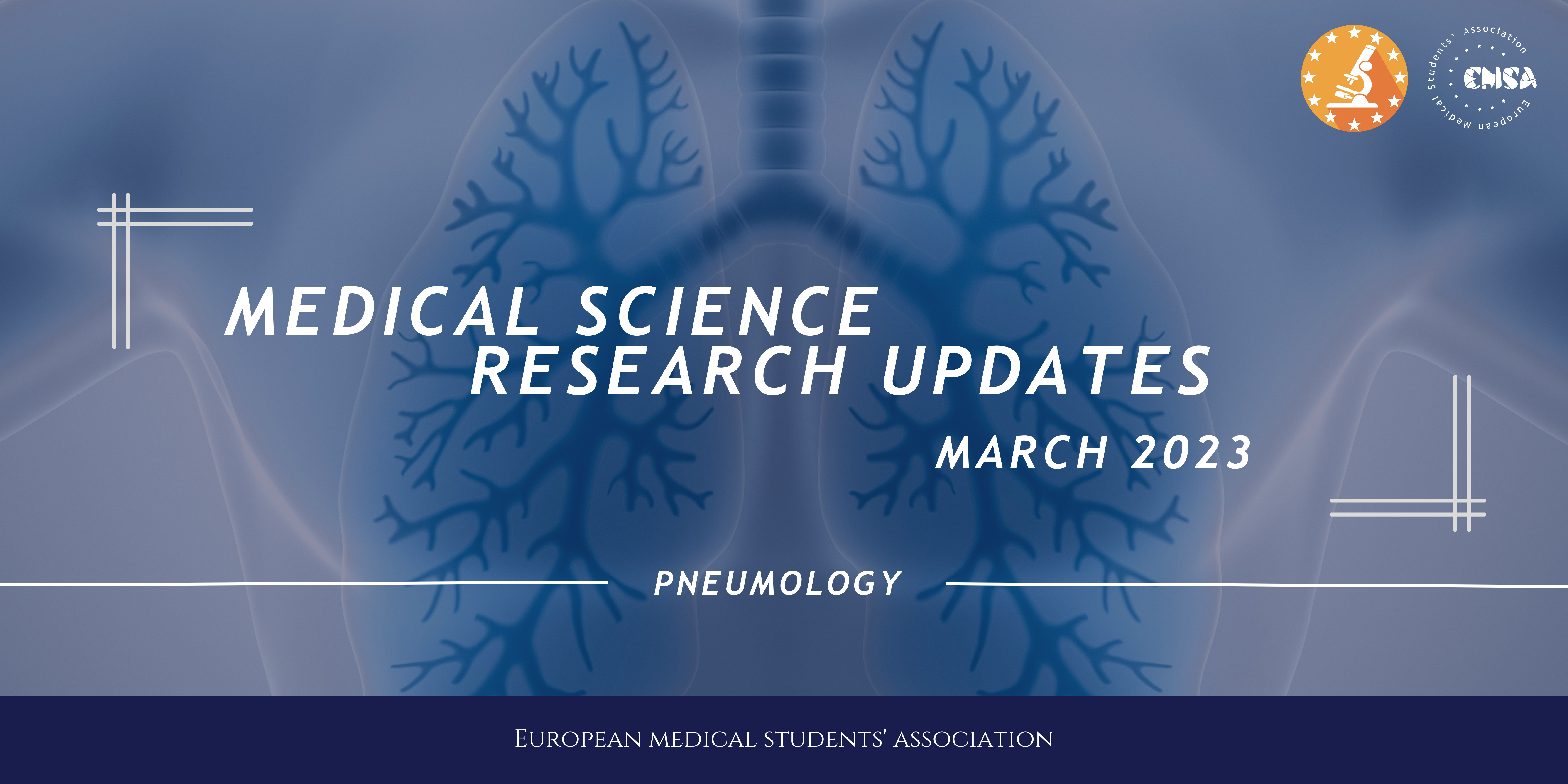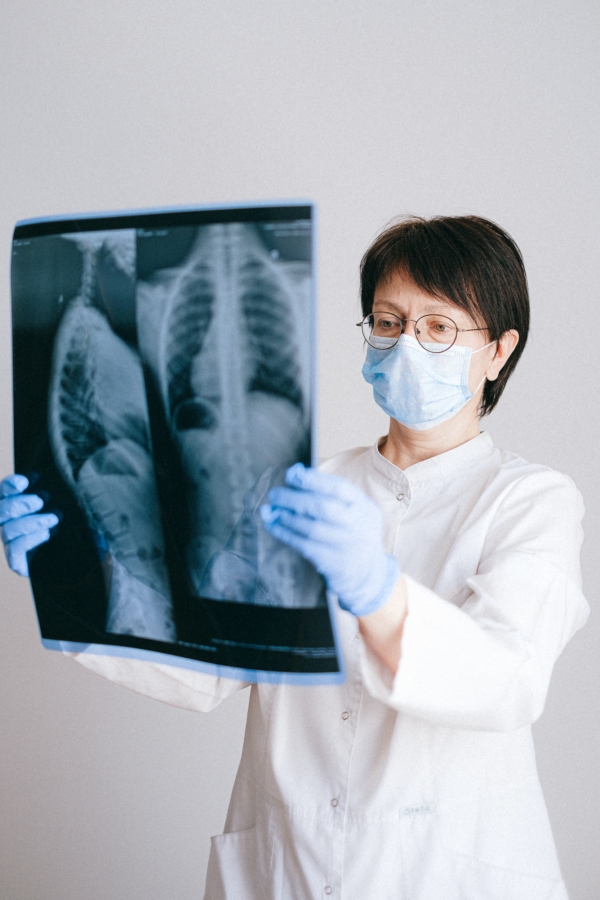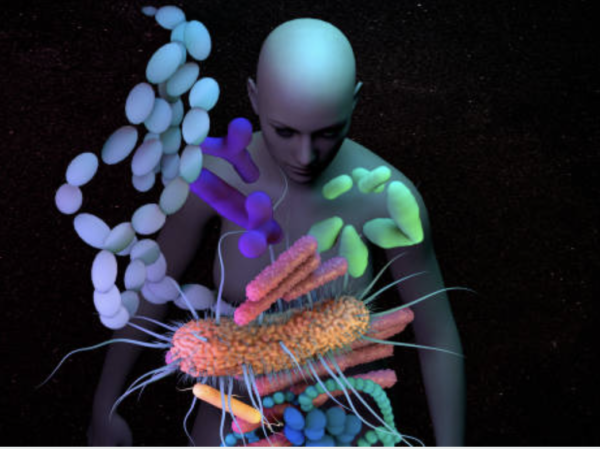
Bilateral Lung Transplantation in Kartagener’s Syndrome and Situs Inversus
Would you like to learn a new approach to KS related to bilateral lung transplantation?
Kartagener’s syndrome (KS) is a genetic disorder and it can cause severe bronchiectasis with end-stage lung disease due to recurrent pulmonary infections. There is no specific treatment for KS and management depends on every patient’s disease process. In this article, researchers present to us a case of a 45-year-old male with KS who was oxygen dependent and his quality of life was impaired. The article shows us that bilateral sequential lung transplantation can be a safe approach that forgoes sternal division and associated potential complications.
Artificial Intelligence Aided Diagnosis of Pulmonary Nodules Segmentation and Feature Extraction
AI is currently being used in the field of medicine, how do you think it will continue to be integrated in the future? Here is an example for you:
Lung cancer is the most commonly diagnosed cancer worldwide. Because of the difficulties regarding screening, the mortality rate has been high. Computed tomography (CT) has been applied to detect pulmonary nodules; health providers have tried conventional and low-dose CT to reduce lung cancer mortality. This research suggests that an efficient AI-assisted diagnosis process of pulmonary nodules can be confirmed in a future external clinical study.
Aggressive Progression of Acute Heart Failure Due to Juvenile Tuberculosis-associated Takayasu Arteritis with Aortic Stenosis and Thrombosis
Takayasu arteritis (TA) is a chronic, granulomatous vasculitis that predominantly involves the aorta and its main branches. On the other hand, tuberculosis (TB) was one of the leading causes of death from a single infectious pathogen. This case report study shows us TB infection can be related to juvenile TA. That’s why investigating TB early in all TA is a crucial observation, even if there are no signs or symptoms, especially in TB-endemic countries. In this case, the patient has TB-associated TA with aggressive acute heart failure (AHF), pulmonary hypertension (PH), thrombosis, and seizure, and he failed to survive after surgery.
Decision Regret among Patients with Early-stage Lung Cancer Undergoing Radiation Therapy or Surgical Resection
As a medical doctor of the future, do you think you are able to communicate properly with your potential patients? Do you know the importance of communication in mortality rates?
Medical decisions are increasingly challenging and decision regret, defined as distress or remorse following a medical decision, is a common phenomenon among cancer patients. In this article, researchers aimed to determine the associations between treatment type, decision regret and depression by defining the potential differences in treatment effectiveness and side-effects to patients. They found that most patients undergoing early-stage lung cancer treatment receiving stereotactic body radiation therapy (SBRT) or surgical resection have reported at least mild decision regret. Authors indicate that patients with early-stage lung cancer may not be receiving optimal treatment decision-making support and there are opportunities to improve communication in this patient population.
Upper Respiratory Tract Mycobiome Alterations in Different Kinds of Pulmonary Disease
The respiratory tract is the main portal of entry for various microorganisms, including fungal spores and an imbalance in the microorganism composition is normally associated with several respiratory diseases. The understanding of the respiratory fungal microbiota (mycobiome) in pulmonary diseases is still insufficient. In this study, researchers investigated the upper respiratory tract mycobiome in patients with five kinds of pulmonary disease and compared it with that in healthy controls. They suggest that this study deepened the understanding of the respiratory tract mycobiome in some diseases that are less studied and identified the commonalities and differences among different kinds of pulmonary disease.






